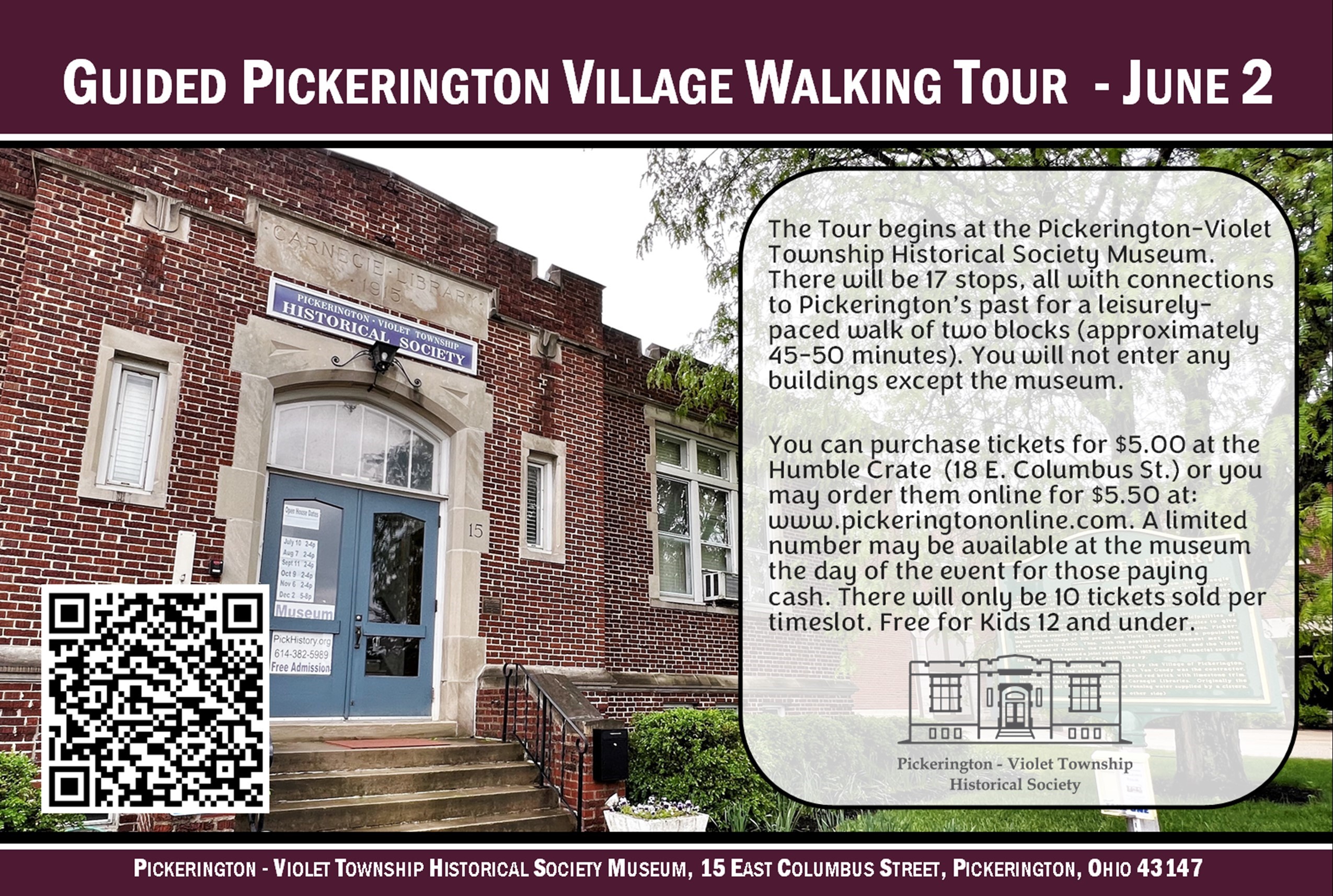Sept. 6, 2021
GPS Coordinates: 39.98893056 N 82.26235833° W


I sat down on a little bench along the path to survey the woods. Although I am not an expert on trees, I could identify a mixture of maple trees, oak trees, and beech trees of different ages, the larger ones creating a canopy which provided the shade which relieved the 87-degree summer heat. The forest floor looked like a World War I battlefield or the receiving end of a bombing range with pits of various sizes separated by ridges of soil. The path that snaked along those ridges provided an opportunity to survey the pits. The bottoms of some of the pits contained pools of stagnant water which had not yet dried thanks to the unusual number of rainstorms that passed over the region during the preceding two weeks.

I later learned that those pits are part of the reason that the Flint Ridge area is a nature preserve. Normally, those craters partially fill with water during the winter and spring thereby creating the perfect spawning area for several types of amphibians. As the summer progresses, the pools dry up thereby preventing the establishment of a population of fish or other predators that would consume the eggs of the creatures that spawn in the pools. Since the pools are created during the spring, they are called “vernal pools.” Since those vernal pools still contained water when we visited, there were plenty of mosquitoes around, so be sure to apply a liberal amount of insect repellant before you take to the woods at Flint Ridge.

As you walk the trails among the quarry pits, be sure to remember that the area constitutes a protected nature preserve. Do not disturb any of the flora or fauna and be sure to stay on or near the trails so that you don’t damage the ecosystem. If you see litter, pick it up and carry it out. Please do not smoke while you are in the woods because the secondhand smoke may damage some of the fragile life forms. When you are there, take nothing but pictures.

As I rested in the shade, my mind took me back 10,000 years to the time when the Native American people first quarried flint from those pits. Since those early people lacked steel picks and shovels, they labored away using stone or bone, or wooden tools. For thousands of years, native people came to Flint Ridge to harvest flint for tools and weapons. In places, the flint outcropped from hillsides or creek banks, but the flint that was exposed to the elements was too weathered to use for tools, so the miners had to break away that surface layer. Other places, the early miners dug down to the underground layer of flint which varied in thickness from a few inches to a few feet. I could visualize people carrying soil and stones out of the quarries in baskets as others used stone tools to reach and break up the flint. Archeologists believe that the miners used large stones to shatter apart the flint into pieces that they could carry home. Almost certainly, they would have learned how to wedge things into the natural cracks in the flint to break it loose. Flint Ridge was neutral ground. Regardless of any conflicts between tribes, all of the workers respected the neutrality of that sacred location.

People shaped the flint using a process called flintknapping which involves employing bone and stone tools to remove and shape flakes of flint to create tools or weapons. According to the Ohio History Central Flint Ridge web page, workers who were installing the picnic shelter at Flint Ridge uncovered nearly a ton of flint artifacts. Because of its glass-like properties, flint becomes very sharp when it is broken. Native Americans became experts at chipping off flakes of flint that were razor sharp. Archeologists identify those as “Flake Knives.” If you want to see how flintknapping is done, check out this YouTube video.

When we were growing up on a small farm in central Ohio, we often found a number of arrowheads. The best time to look was a few days after the rain had caused the soil to crust over which left them exposed. I now know that some of those “arrowheads” are actually spear points, or knives, or scrapers. Visit This site for help in identifying your flint artifacts.
When we farmed that land back in the 1960’s, we cultivated our corn using a small Ford tractor which had the cultivator mounted on the three-point hitch to the back. A marker consisting of a short steel rod was bolted to the front axle. Keeping that marker directly above the row made sure that the row of corn was centered between the shovels on the cultivator, so we were constantly watching the marker as we drove along the row. That meant that we were also constantly looking at the ground. Whenever I spotted an arrowhead, I would stop and pick it up. Most of those artifacts were chipped or broken by farm machinery, but a lot of them were intact.


For the native Americans, flint meant life or death since they relied on that precious mineral for hunting and for preparing food or tanning animal skins. When the Europeans arrived, they also began quarrying flint at Flint Ridge to use in their flintlock rifles or in fire-starting kits. When you visit Flint Ridge, be sure to make time for exploring the trails and visiting the museum.
The address for the museum is:
Flint Ridge State Park
15300 Flint Ridge Road
Glenford, Ohio 43739
Final note: This may be the first in a series of stories about historical places to visit in Ohio. Each installment of Geohistory will include the GPS coordinates for the places featured in the story. You may copy and paste those into Google Earth to see where the places are located, or you may copy those coordinates into your GPS device or phone to navigate to those locations. Please add your comments so that we know if this series should be continued.













